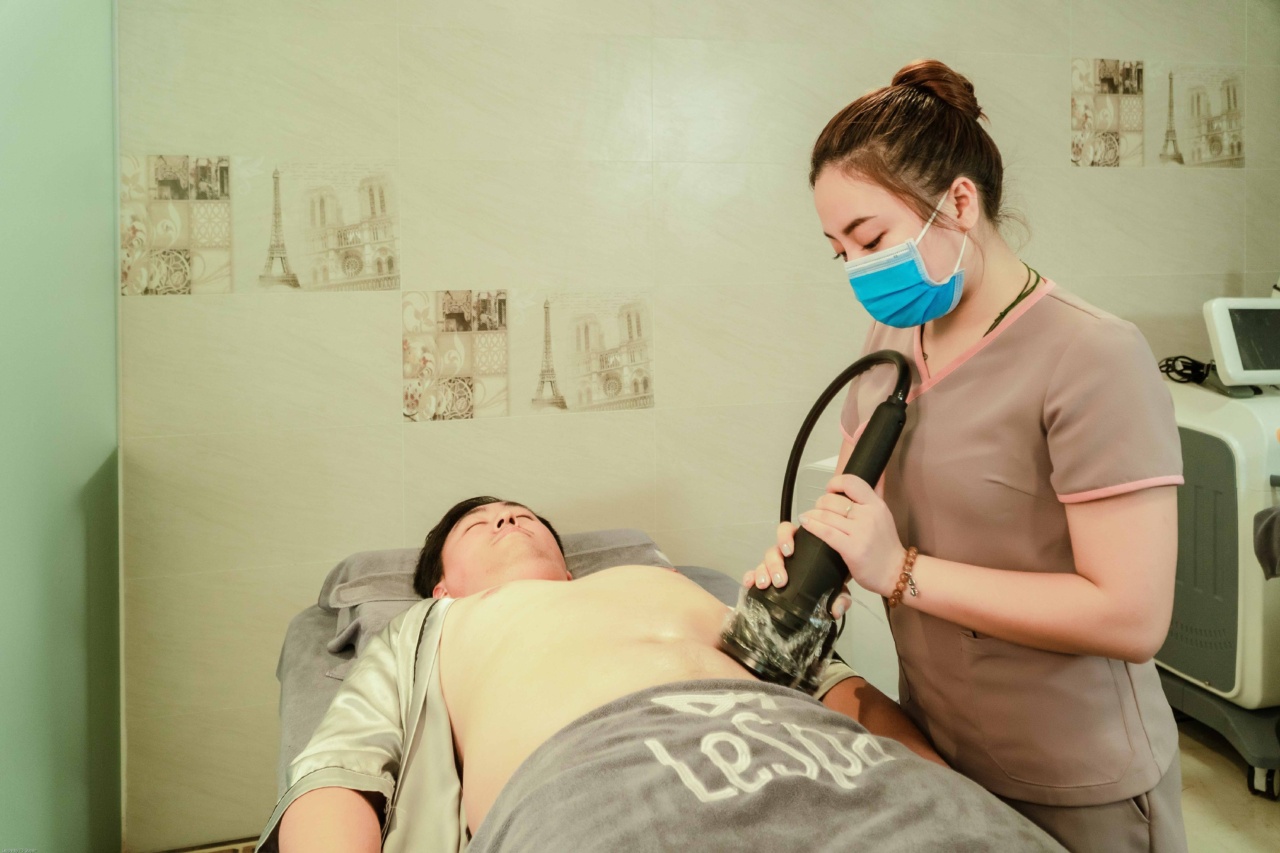Hepatitis C is a viral infection that affects the liver and can lead to serious liver damage if left untreated.
For many years, the standard treatment for hepatitis C involved a combination of medications, including interferon and ribavirin, which often had significant side effects and only limited success rates. However, in recent years, a breakthrough in the treatment of hepatitis C has occurred, with the development of direct-acting antiviral medications that have revolutionized the management of this condition.
These new medications have shown remarkable effectiveness, with cure rates exceeding 95% in most cases. In this article, we will explore the unbeatable treatment for hepatitis C that can bring about a cure in just 6 weeks.
Understanding Hepatitis C
Hepatitis C is caused by the hepatitis C virus (HCV), which is primarily transmitted through contact with contaminated blood.
This can occur through sharing needles for injecting drugs, receiving healthcare procedures with improperly sterilized equipment, or through unprotected sex with an infected partner. The virus targets the liver and can lead to inflammation and scarring, known as cirrhosis, and in some cases, liver cancer.
The Evolution of Hepatitis C Treatment
For many years, the standard treatment for hepatitis C consisted of a combination of medications, including interferon and ribavirin.
Interferon is a protein that stimulates the immune system to fight off viral infections, while ribavirin is an antiviral medication that inhibits the replication of the virus. However, this treatment regimen had significant limitations. It required weekly injections of interferon for up to 48 weeks and was associated with a range of side effects, including flu-like symptoms, fatigue, and depression.
Moreover, the cure rates were modest, ranging from 40% to 80% depending on the specific viral genotype.
The Revolution: Direct-Acting Antivirals (DAAs)
The introduction of direct-acting antiviral medications has transformed the field of hepatitis C treatment. These medications target specific steps in the viral replication cycle and inhibit the virus’s ability to reproduce.
Unlike interferon-based regimens, DAAs are highly effective with minimal side effects.
High Cure Rates in a Short Time
One of the remarkable features of direct-acting antiviral medications is their ability to achieve high cure rates in a relatively short period. In most cases, treatment duration ranges from 8 to 12 weeks.
However, recent studies have shown that certain combinations of DAAs can lead to a cure in just 6 weeks for some patients.
The Importance of Early Detection
Early detection of hepatitis C is crucial for successful treatment outcomes.
It is recommended that individuals who may be at risk for HCV infection, such as people who inject drugs or those with a history of exposure to contaminated blood, undergo regular screening. Detecting the infection early allows for prompt initiation of antiviral therapy and can prevent the progression of liver damage.
Selecting the Right Treatment Regimen
The choice of treatment regimen depends on several factors, including the specific viral genotype, the degree of liver fibrosis or cirrhosis, and any previous treatment history.
The healthcare provider will assess these factors and select the most appropriate combination of direct-acting antiviral medications for each individual.
Monitoring Response to Treatment
During the course of treatment, regular monitoring is essential to evaluate the response to therapy. This typically involves blood tests to measure the level of hepatitis C viral load.
A rapid decline in viral load indicates a favorable response to treatment, while a persistent or increasing viral load may require a reassessment of the treatment regimen.
Managing Side Effects
While direct-acting antivirals have fewer side effects compared to interferon-based therapies, some individuals may still experience mild side effects. These can include fatigue, headache, nausea, and diarrhea.
It is important to communicate any side effects to the healthcare provider, as they can often be managed with supportive measures or by adjusting the treatment regimen.
Affordability and Access
One of the barriers to hepatitis C treatment in the past has been the high cost of medications.
However, many countries have implemented strategies to improve access to these life-saving medications, including negotiating lower prices with pharmaceutical companies and expanding healthcare coverage. These efforts have significantly increased the affordability and availability of direct-acting antiviral therapies.
Conclusion
The unbeatable treatment for hepatitis C has come a long way from the days of interferon-based therapies. The development of direct-acting antiviral medications has revolutionized the field, offering high cure rates and minimal side effects.
With the right treatment regimen, hepatitis C can now be cured in just 6 weeks for some patients. Early detection and timely initiation of treatment are vital to prevent liver damage and complications. As access to these medications improves, more individuals can benefit from this unbeatable treatment and live hepatitis C-free lives.




























